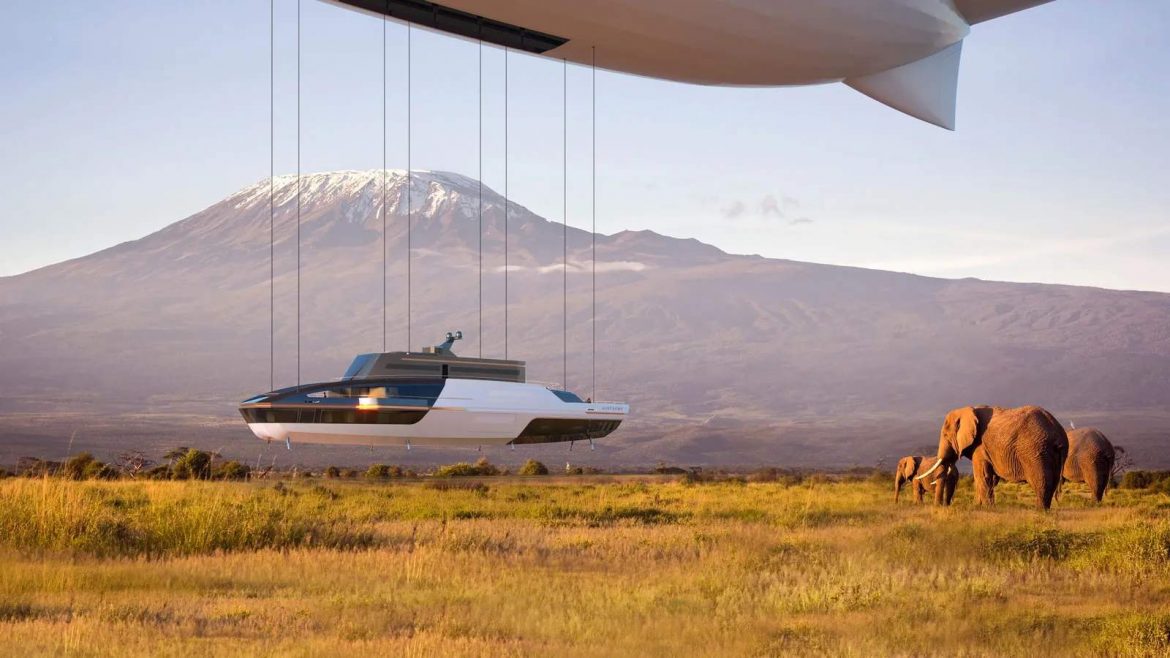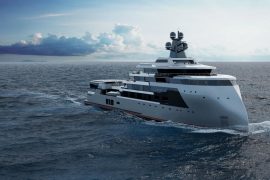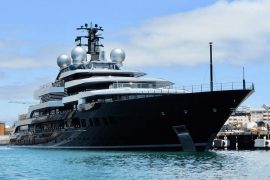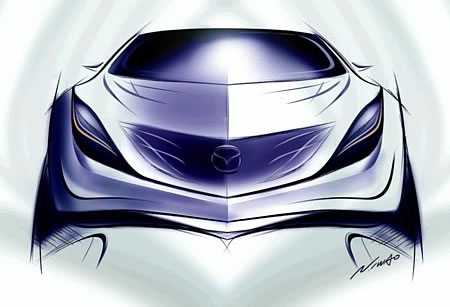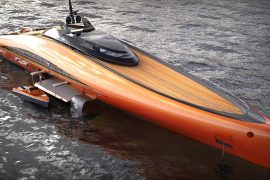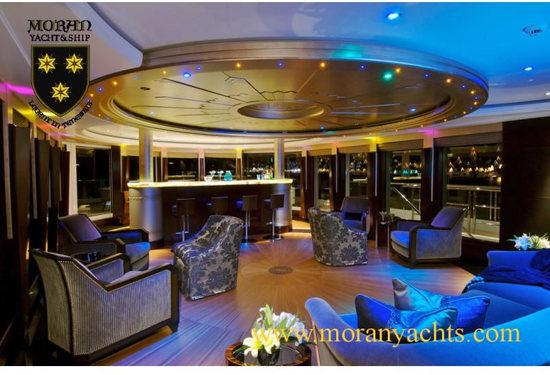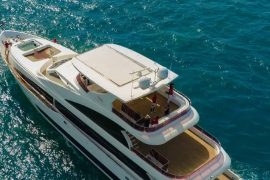Crossovers can be oodles of fun when done right. There is no doubt they can go wrong, but that’s not the case with AirYacht. Swiss company AirYacht’s revolutionary idea marries the flying power of an airship with the luxury amenities of a yacht. Guillaume Hoddé and Matthieu Ozanne are the brains behind the maverick concept, along with the design expertise of Franck Darnet. AirYacht is a luxe 197-foot superyacht and a giant 656-foot blimp that enables cruising in the skies or seas. AirYacht flaunts 750 sq. m of living space known as the “residence” and is the superyacht component of the unit. It is spread across three levels and offers a choice between three variations. The accommodation component is not fitted with engines to keep the vessel as light as possible.

Clients can choose from five to six staterooms and accommodate up to 12 guests on board, including an owner’s suite or a crew of 12 and a piloting crew of three in the third version. The real fun begins when one learns of the various impressive amenities one will find on the fantastic AirYatch concept. It is all there, from a swimming pool, a gym, and a sauna to a high-tech touch-and-go helipad, garage for cars, jet skis, and tenders. The terraces can be used while the AirYacht is underway and stationary to make the most of the scenery. There is an additional 120 square meter terrace-style lounge on the aft. Boat International shared, “On a normal superyacht, you have to stay at sea. You can’t cross a hill or a mountain,” said Franck Darnet. “Most of the beautiful things you see on our planet – some of them are next to the shore […], but many of them are inland.”

With Darnet’s out-of-the-box thinking, exploring the world will no longer be limited to sea or sky. “On a normal superyacht, you have to stay at sea. You can’t cross a hill or a mountain,” said Franck Darnet. “Most of the beautiful things that you see on our planet – some of them are next to the shore […], but a lot of them are inland.” As per Boat International, the first AirYacht will be able to achieve top speeds of 50 knots, and the first unit is due for completion in 2026.
